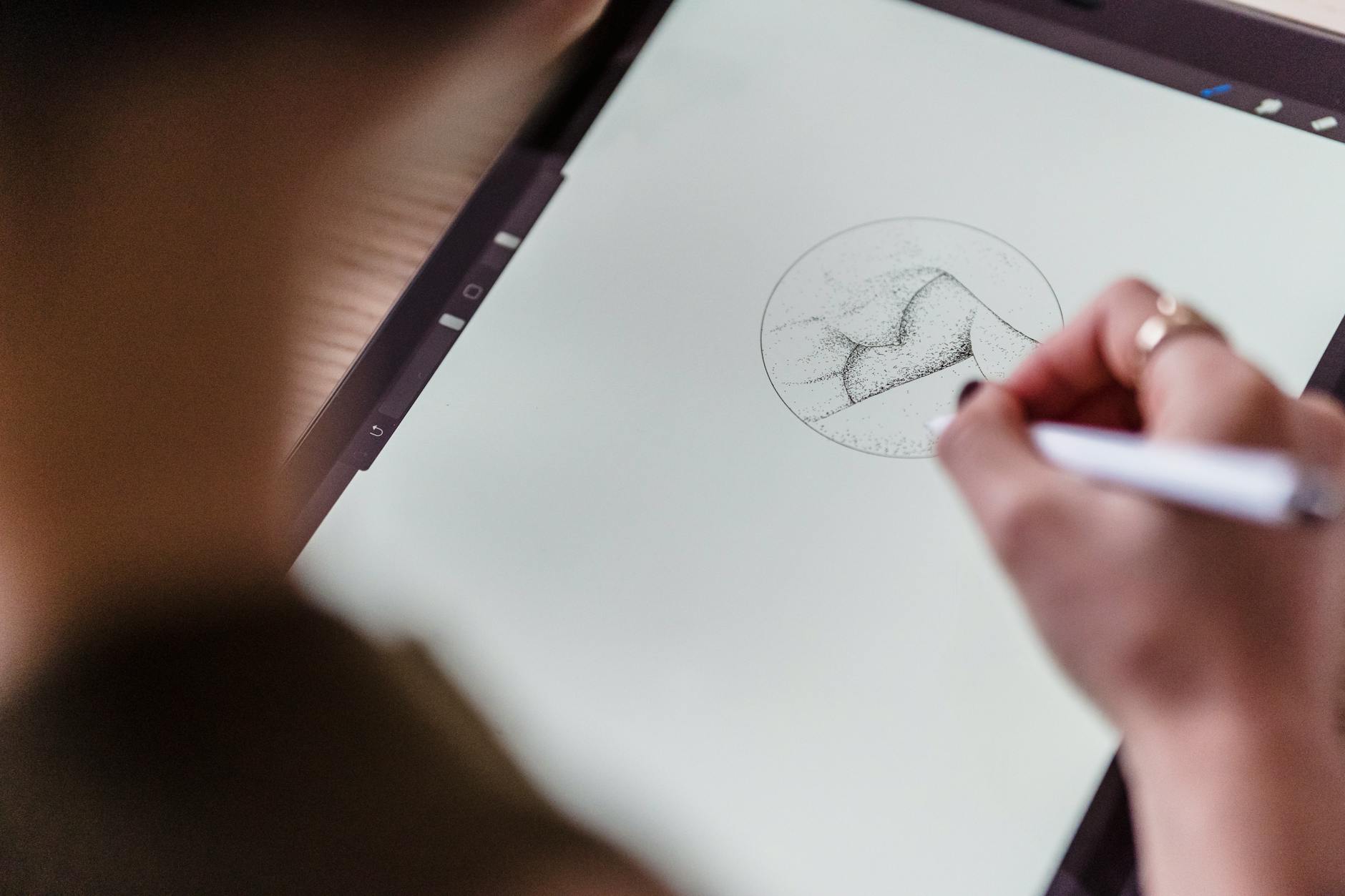Art has always been a medium of expression and a catalyst for the zeitgeist of any era. The new-age technique that has captured our collective imaginations and continues to gain prominence in the twenty-first century is the display of colors, shapes, and evocative images synonymous with Psychedelic Art. Spurred by the growing cultural appreciation and understanding of psychedelic experiences, this once-taboo art form has permeated the mainstream to achieve global recognition and is influencing a great number of contemporary artists.
In the 1960s counterculture revolution, psychedelic art was primarily used as a graphic expression of LSD and other hallucinogenic substance induced experiences. Today, its principles of heightened perception and vivid imaginations have transcended beyond the constrained prints of album covers or concert posters into digital mediums that offer unique visual narratives. These evolving styles, imbued with stunning complexity, are now being embraced and celebrated on social media platforms globally.
Artists like Amanda Sage, Alex Grey, and Android Jones have pioneered this new era of psychedelic art, navigating through intricate compositions and exploring subject matters in profoundly touching yet unconventional ways. They exploit various digital mediums, blending traditional and contemporary techniques to produce engaging artworks that reflect the depth of the human psyche. These technicolor dreamscapes have found their way into renowned gallery exhibitions, and the psychedelic aesthetic now has a steady presence in the conventional art world.
Moreover, in a world where social media platforms define the current cultural zeitgeist, they serve as a pivotal force in catapulting psychedelic art to unprecedented levels of popularity. Easy sharing capabilities and global reach have allowed artists to build substantial followings, garner widespread accolity for their work, and even sell prints or original pieces with ease. Instagram, in particular, with its visually-driven format, has become the de facto gallery space of choice for these contemporary artists.
Despite the commercialization and mainstream adoption of psychedelic art, at its core, this style remains a way for artists to examine their inner worlds and express a different level of consciousness. Increasing research into the therapeutic benefits of psychedelics has influenced its rise as well. As scientists explore the use of substances like psilocybin and LSD in psychotherapy, artists are also delving into the profound impact these experiences can have on creative expression.
The inclusion of psychedelic art into the formal art domain also demonstrates a broader cultural shift in embracing diverse perspectives. Along with the appreciation for aesthetic beauty, the popularity of this style is driven by a fascination with the representation of alternate realities and states of consciousness.
However, like any artistic movement gaining traction, psychedelic art is also criticized for its commercialization. Critics argue that the growth in popularity has diluted the authentic representation of the psychedelic experience, causing a drift from its original purpose. Conversely, others see commercial success as a form of artistic validation, providing opportunities for artists to earn a living from their craft.
Undoubtedly, the resurgence of psychedelic aesthetics in modern art opens up new horizons in the dialogue about consciousness, spirituality, and human connection. Whether as a manifestation of mind-altering experiences or simply an admiration for the aesthetic and surreal, psychedelic art is a key player in the modern artistic expression.
In conclusion, while psychedelic art’s inclusion in the mainstream is relatively new, its impact is undeniable. Through gallery exhibitions, digital mediums, and social media platforms, this art form has gained global recognition and appreciation. From its therapeutic benefits to its cultural significance, psychedelic art invites us to dive deeper into the human consciousness, opening doors to introspection and sparking a dialogue about perception, reality, and our connection with the universe.




